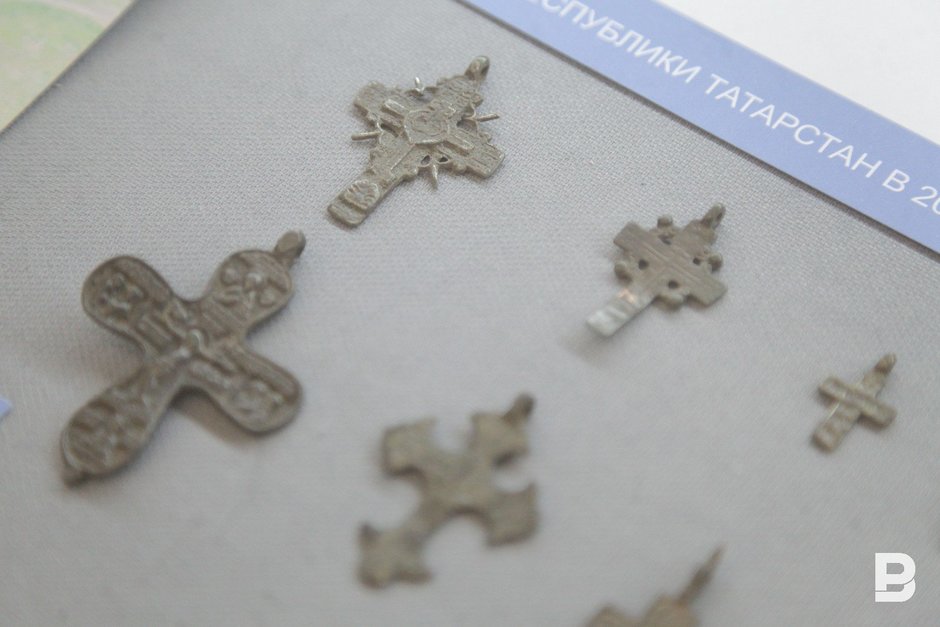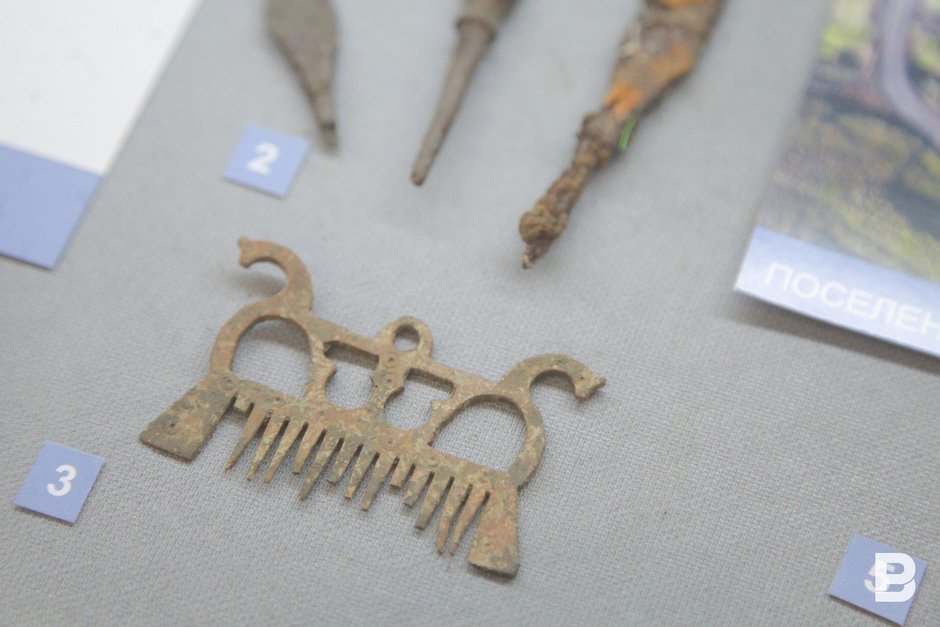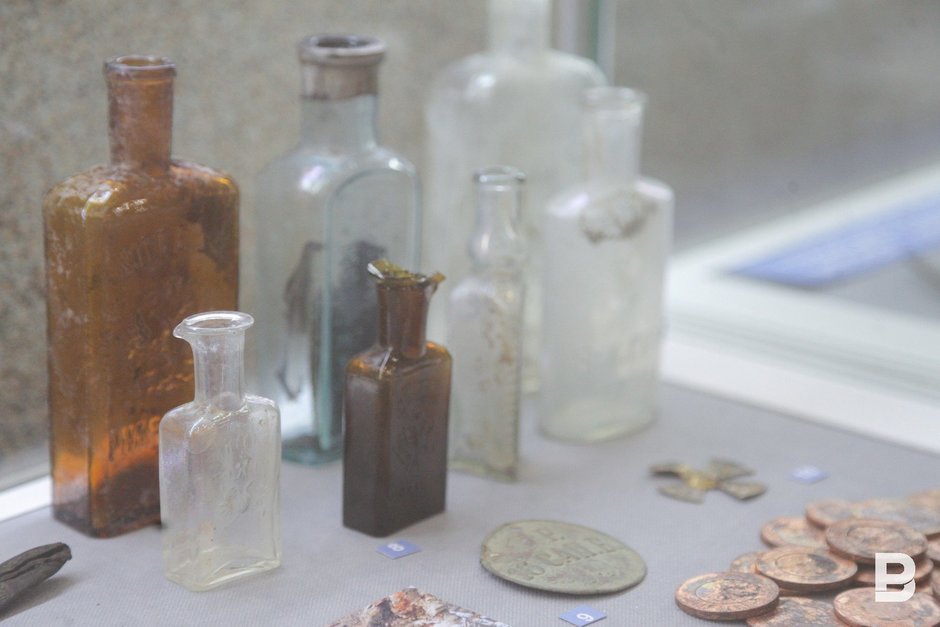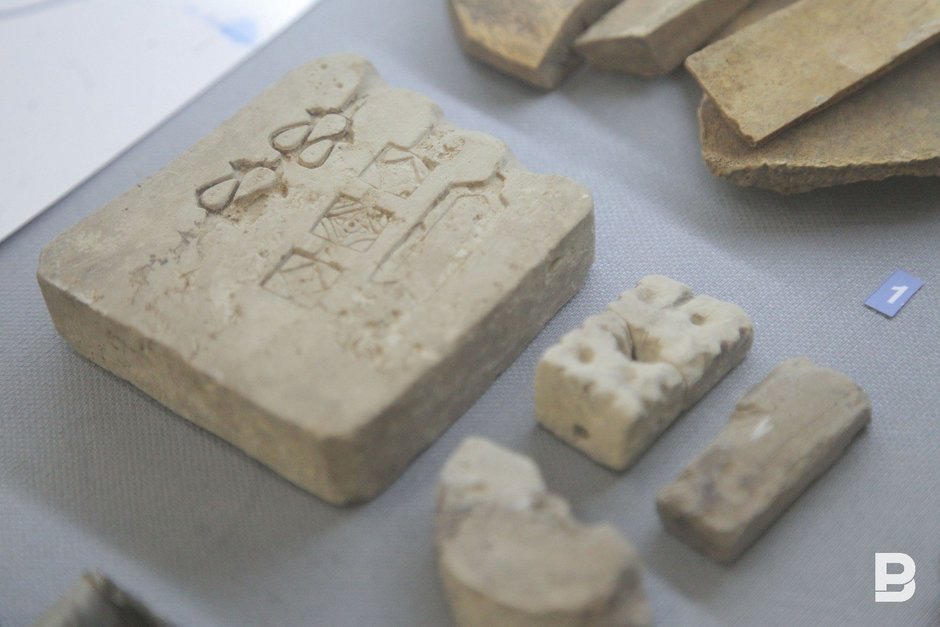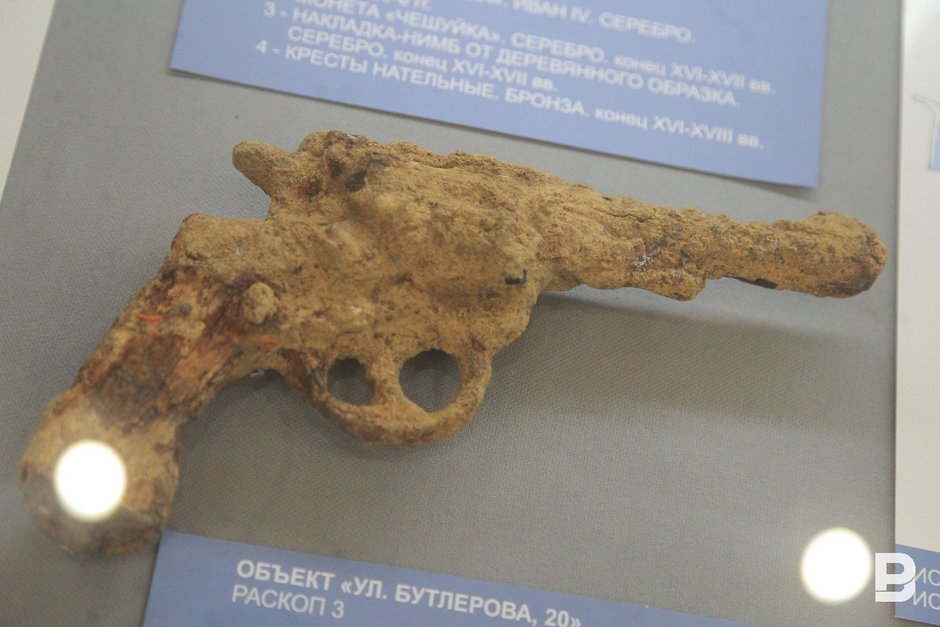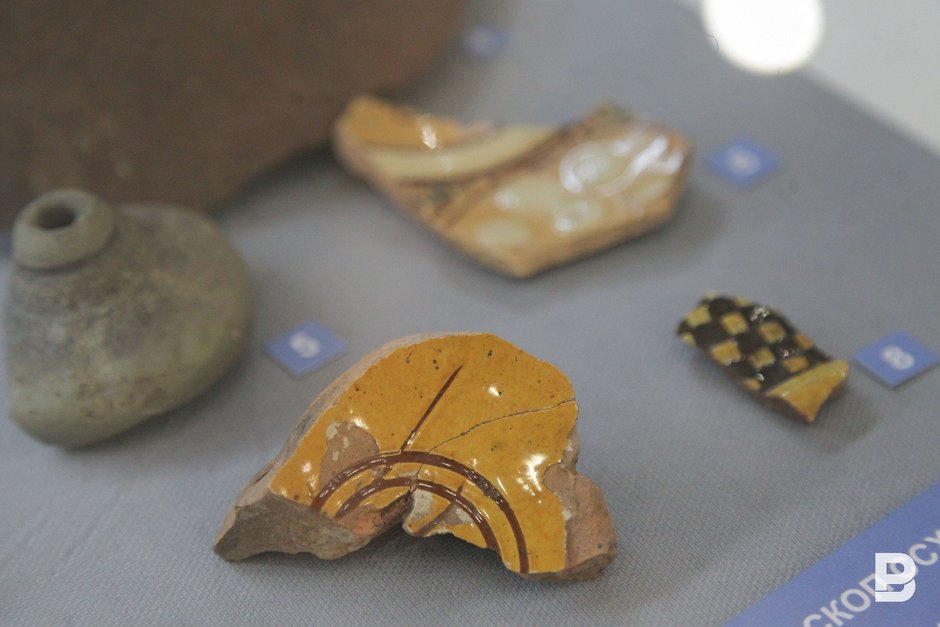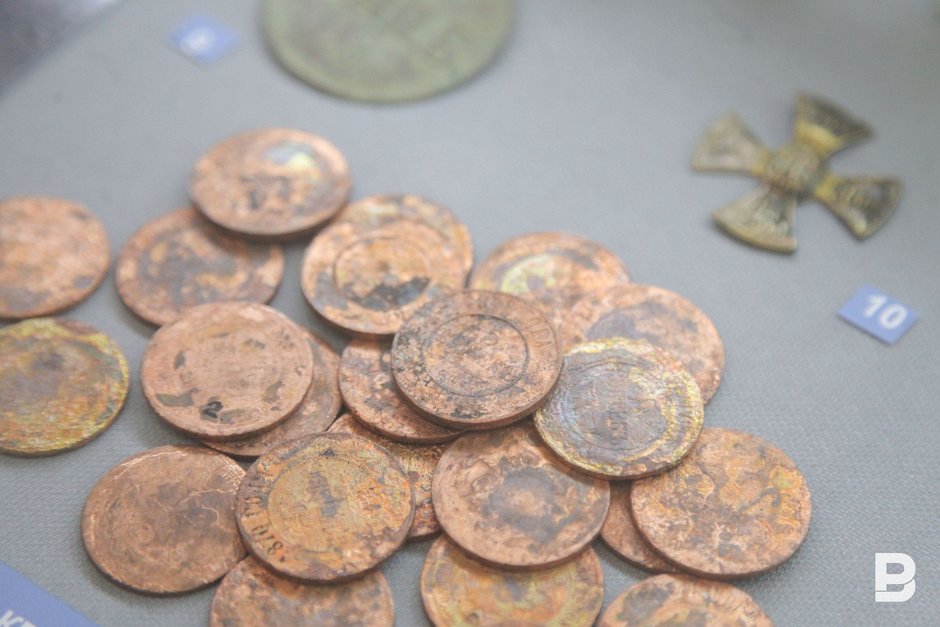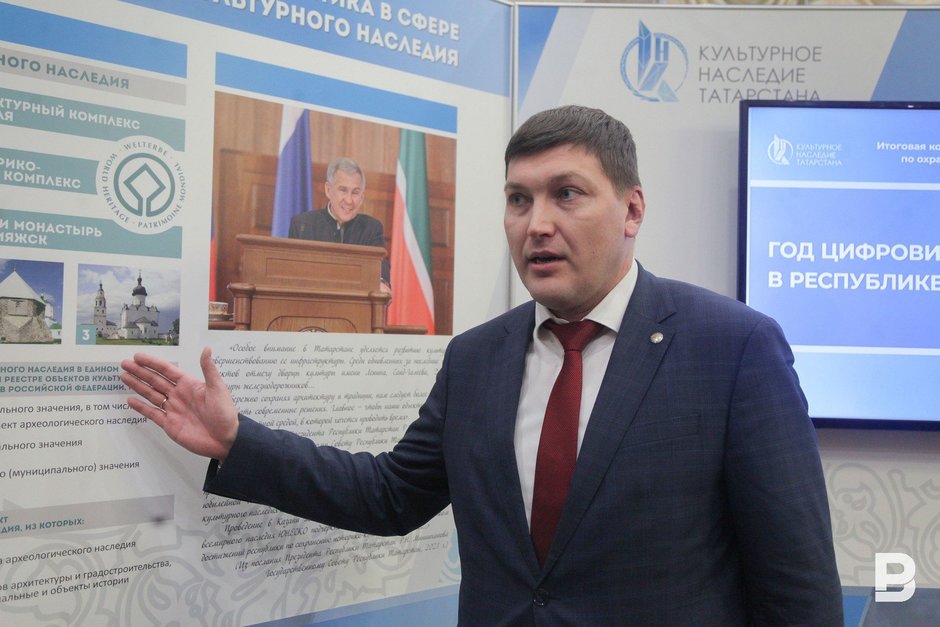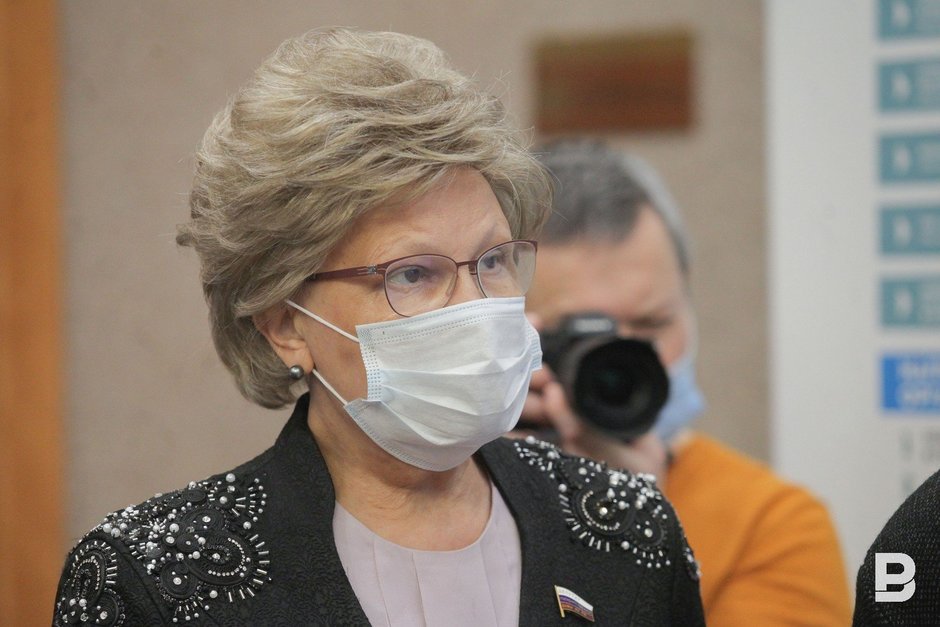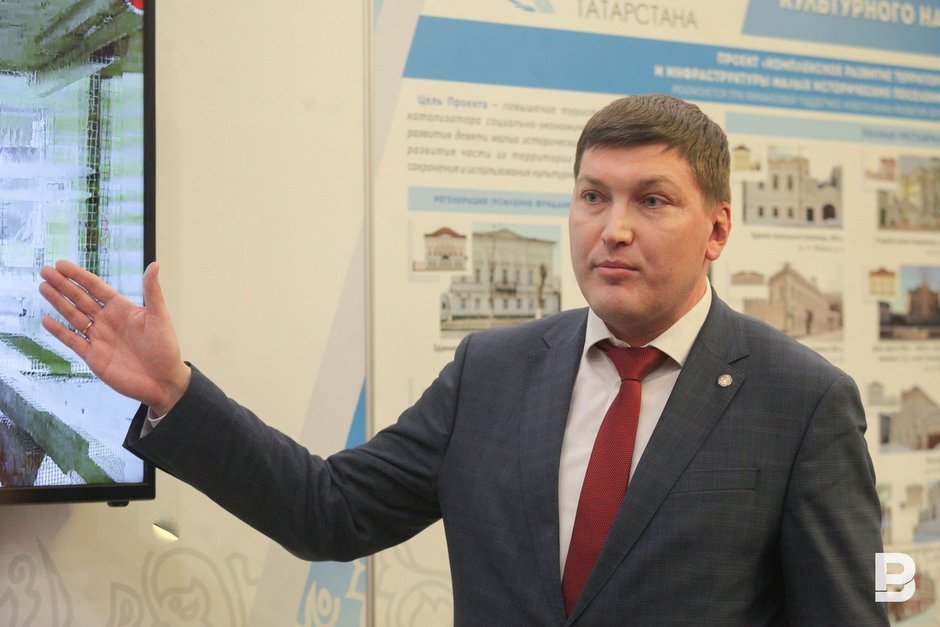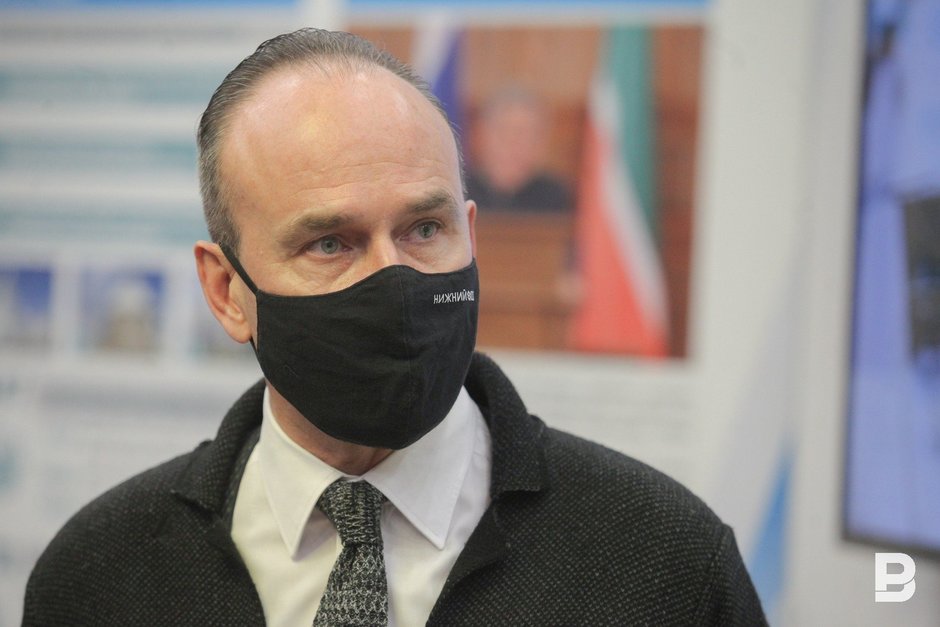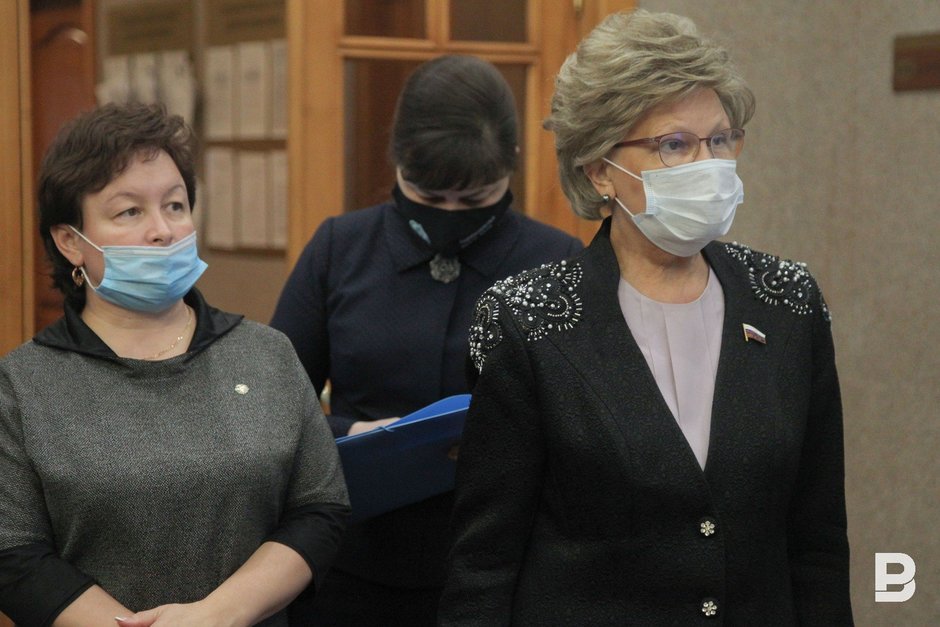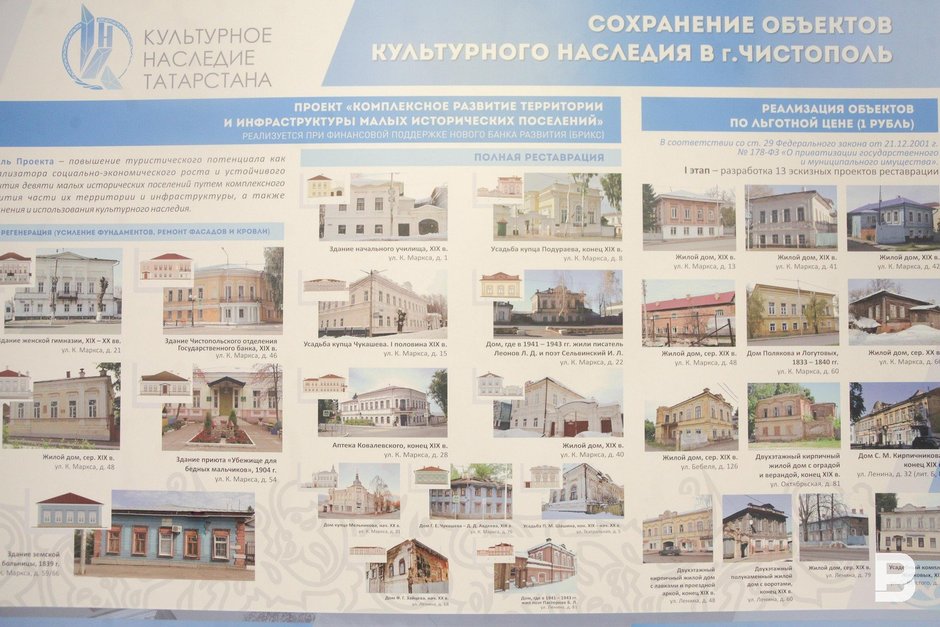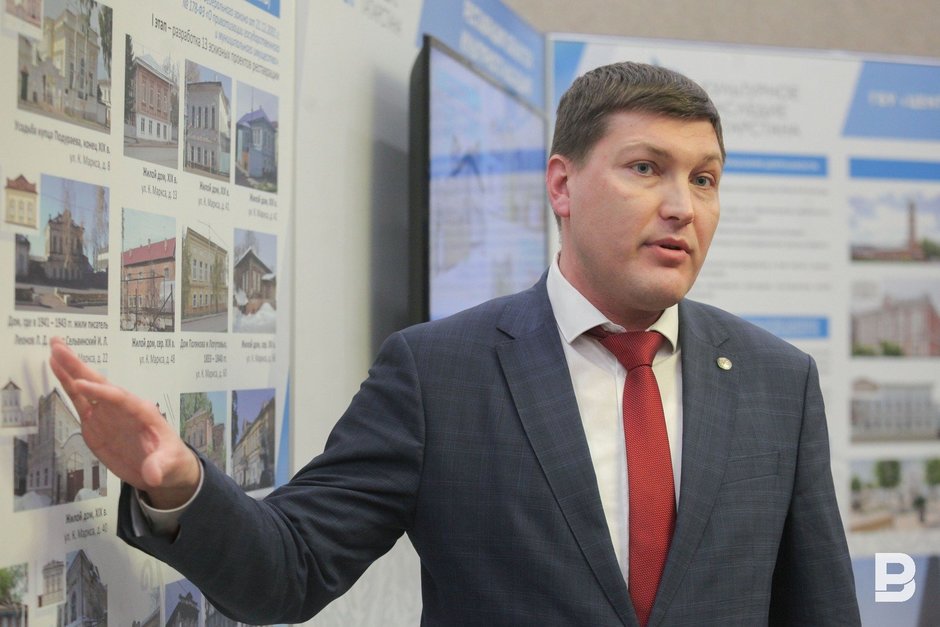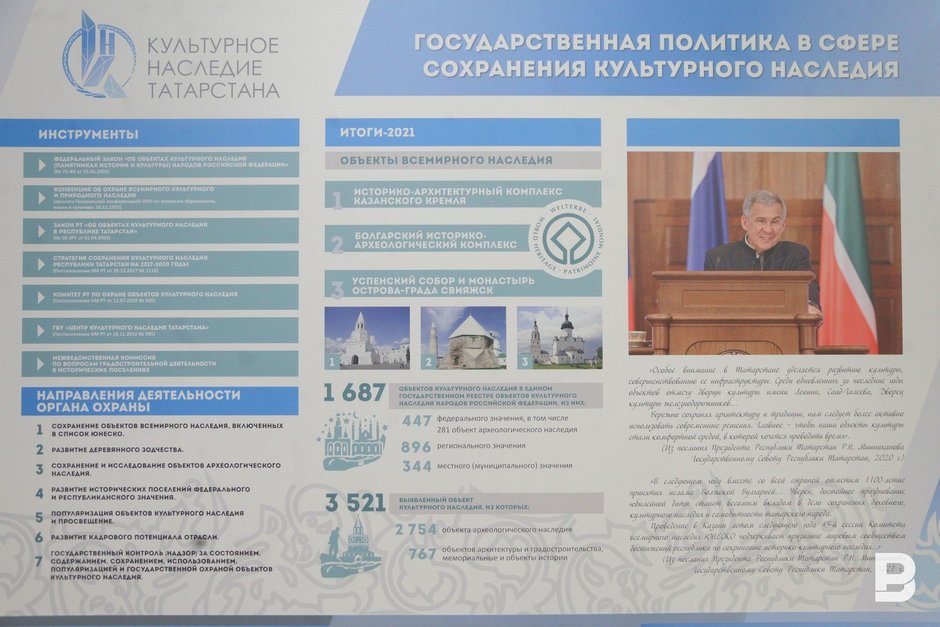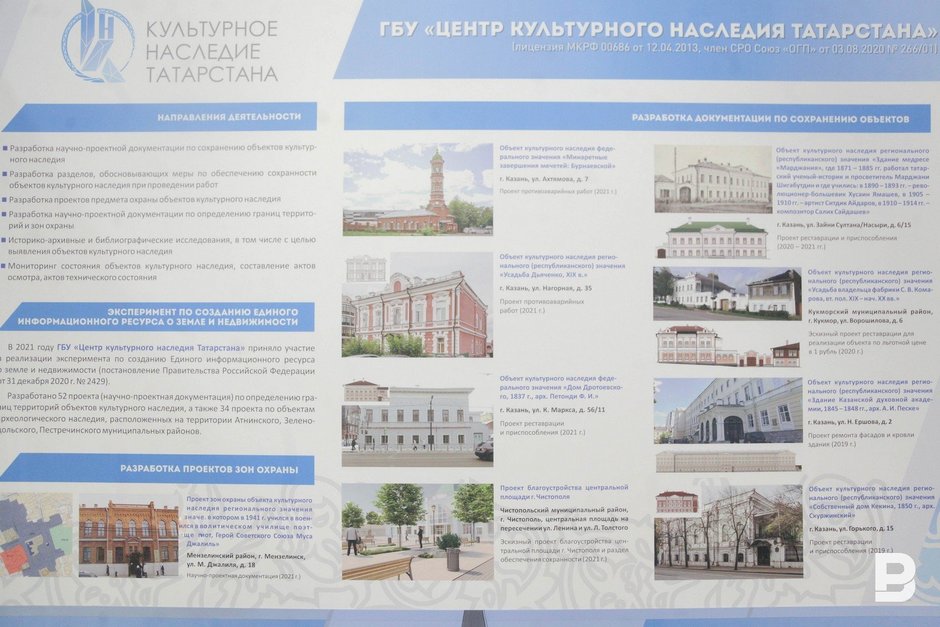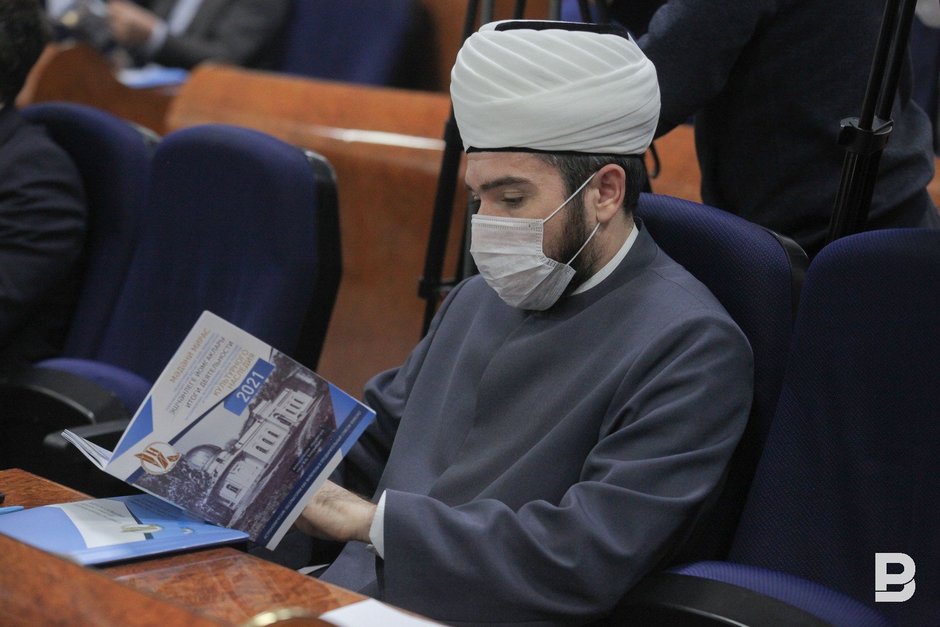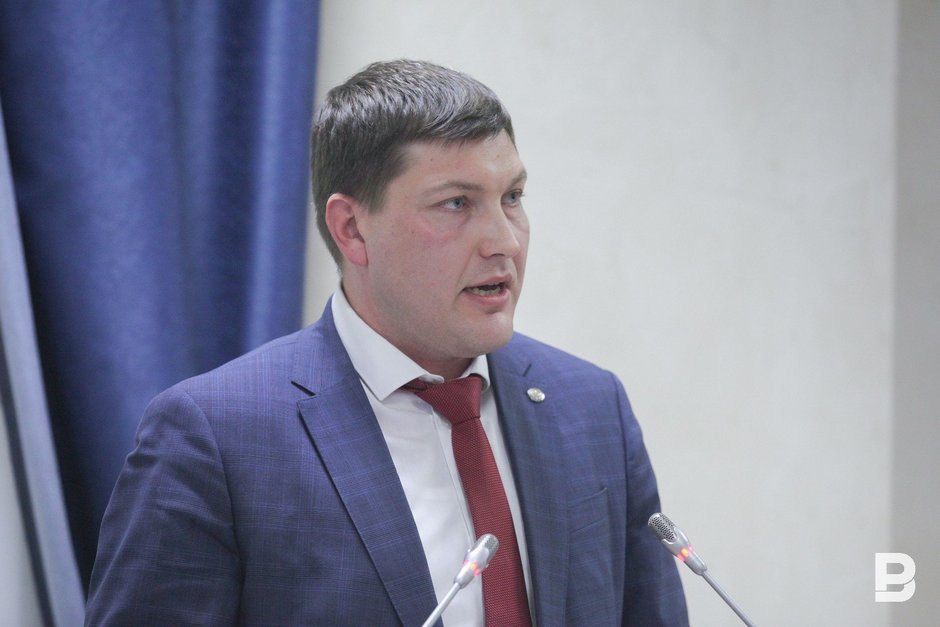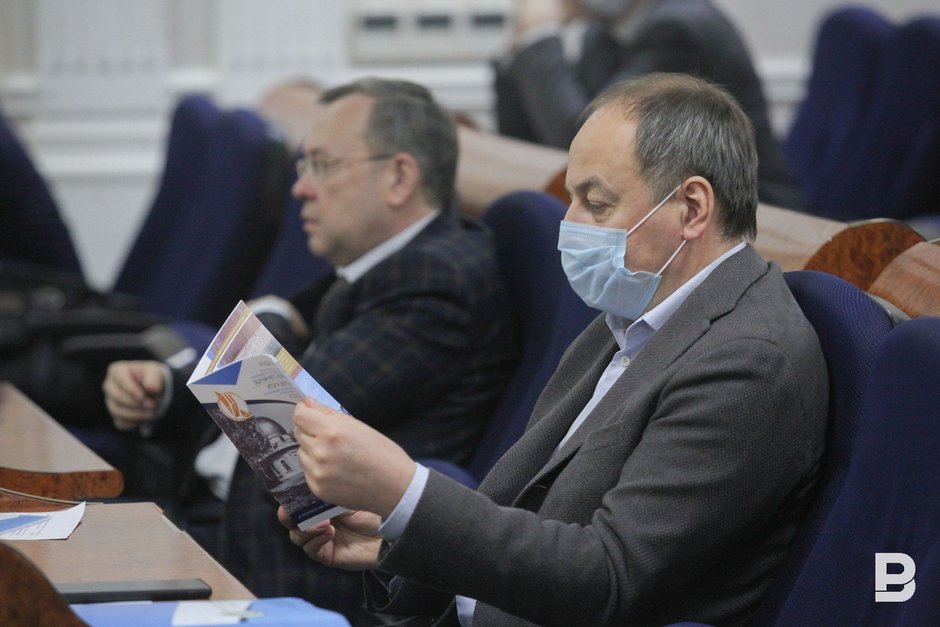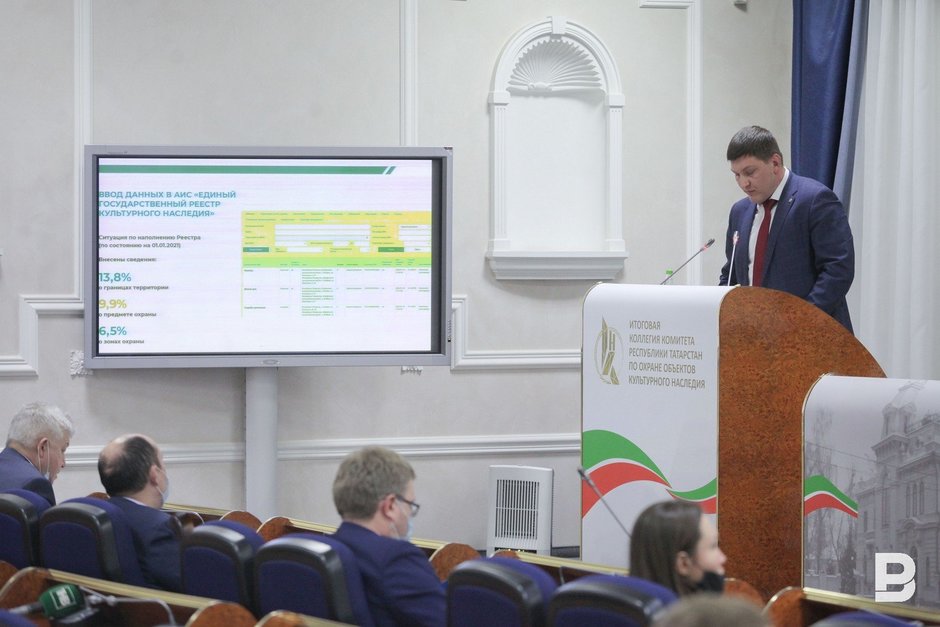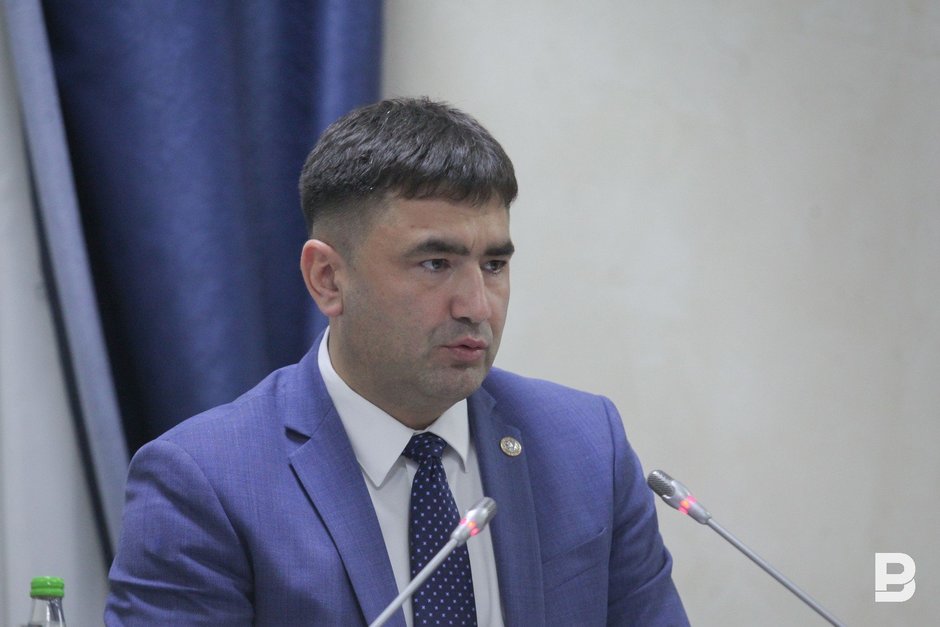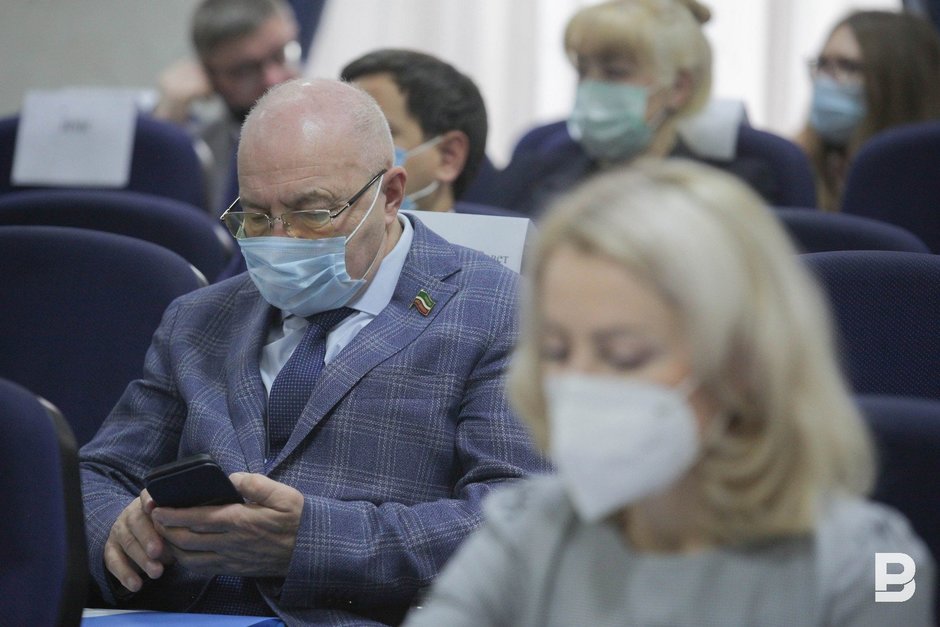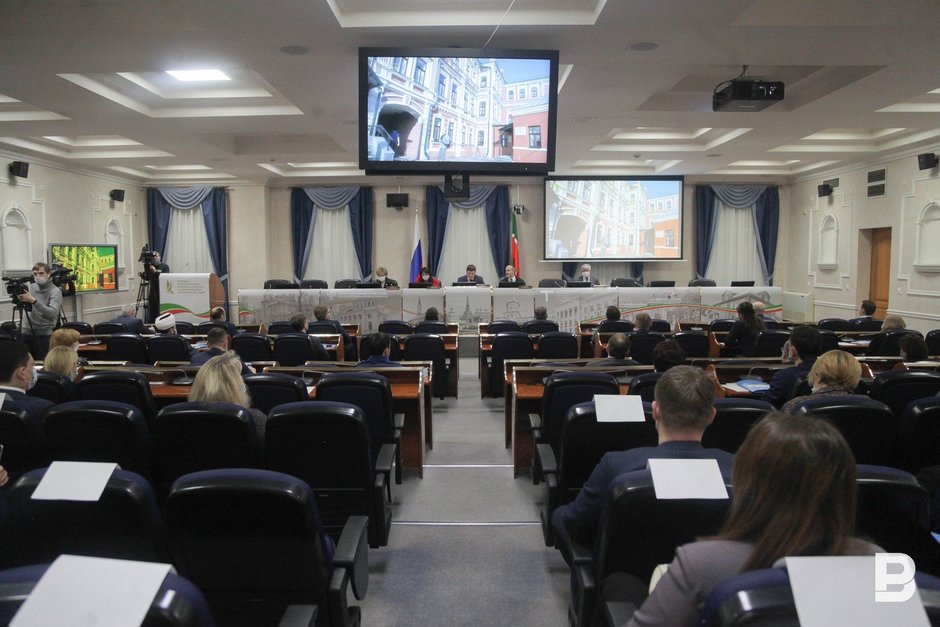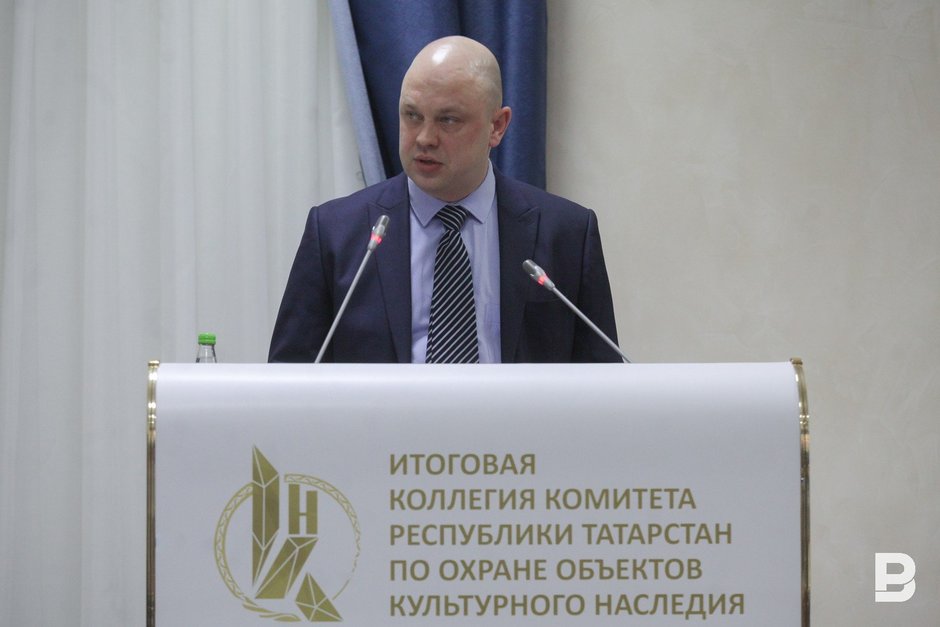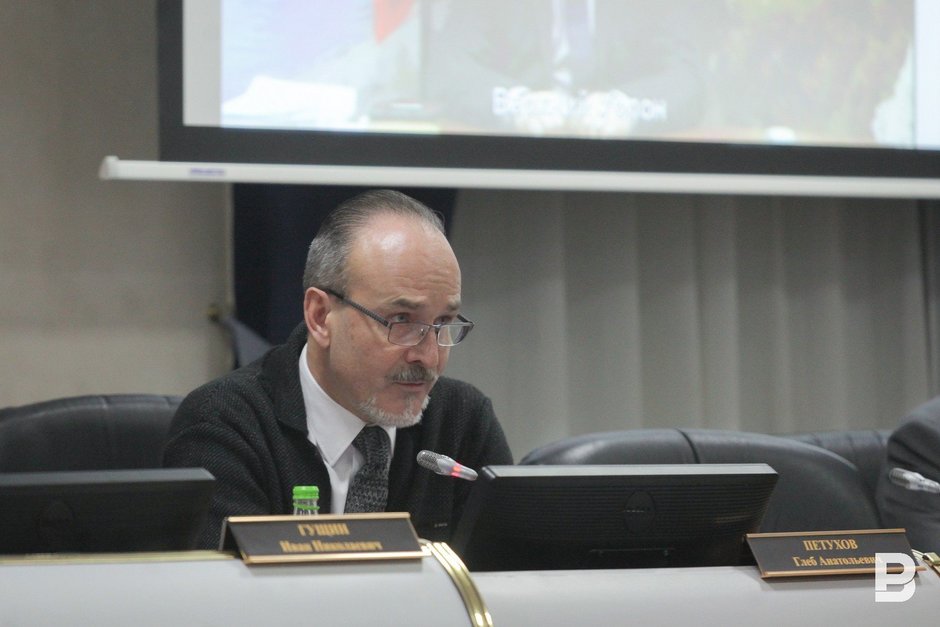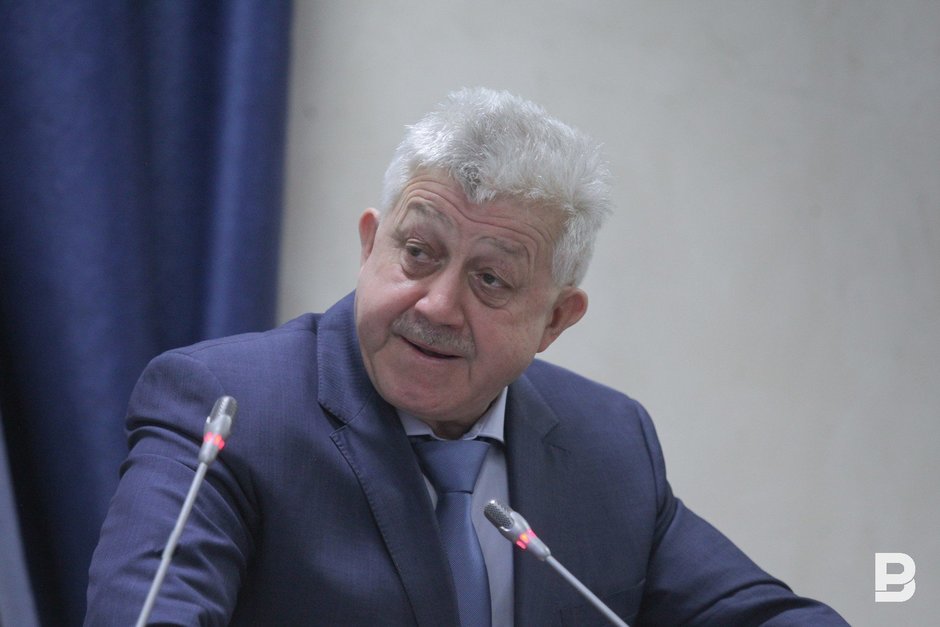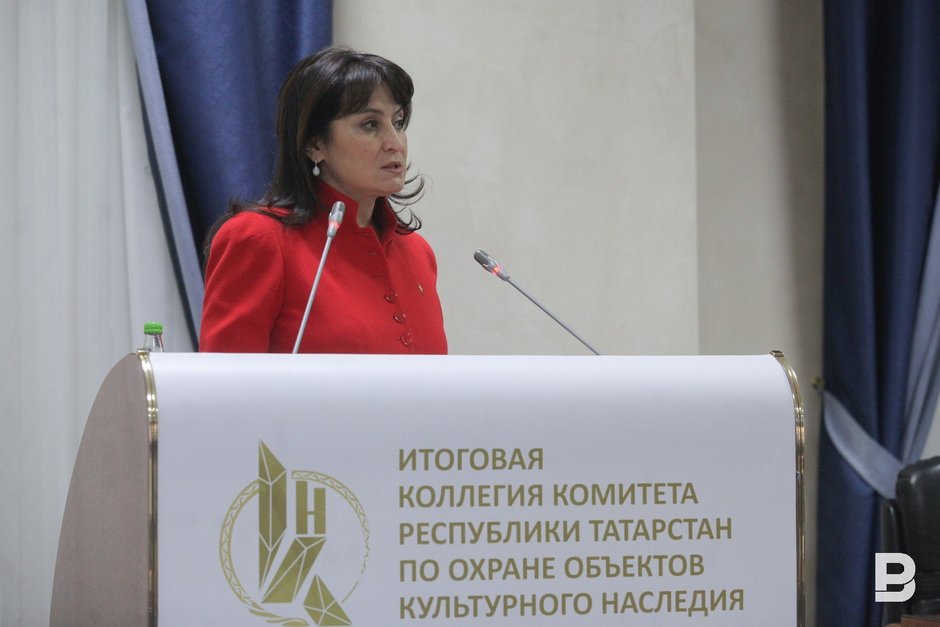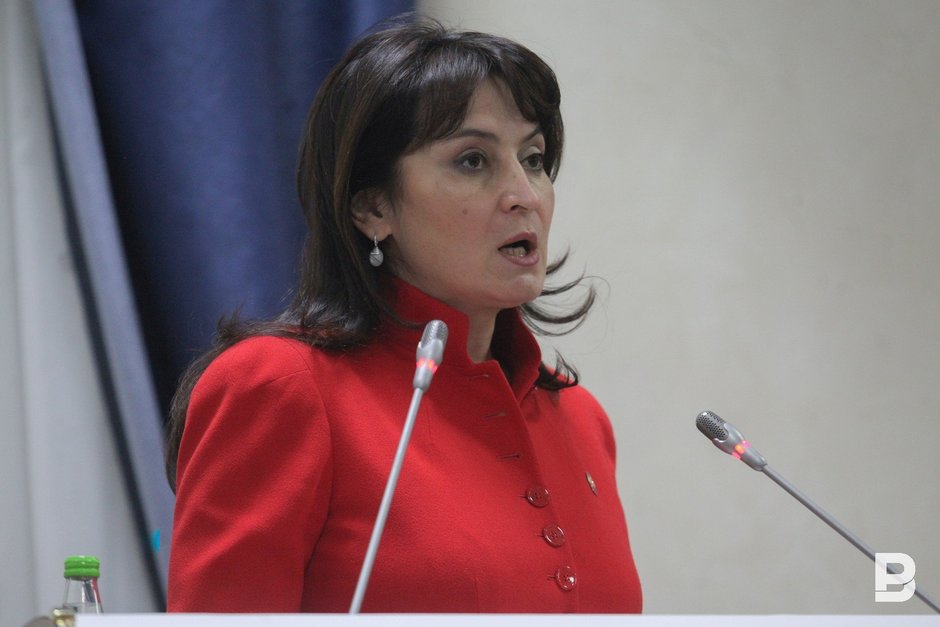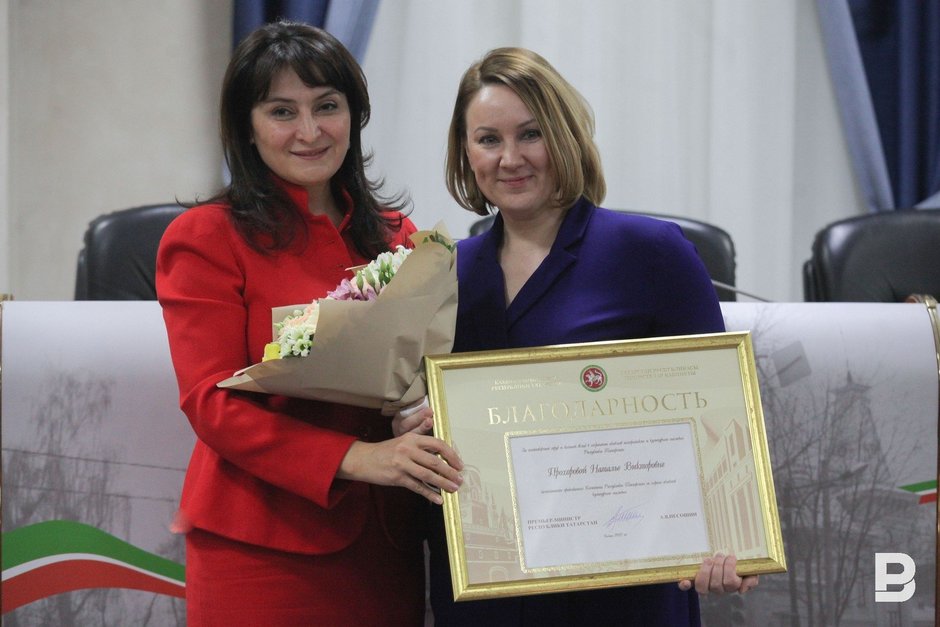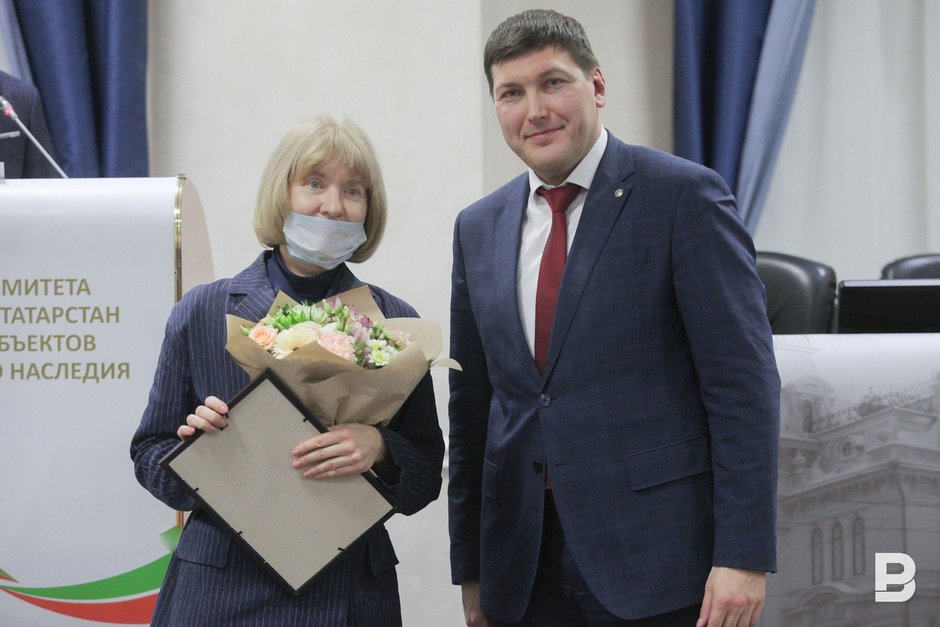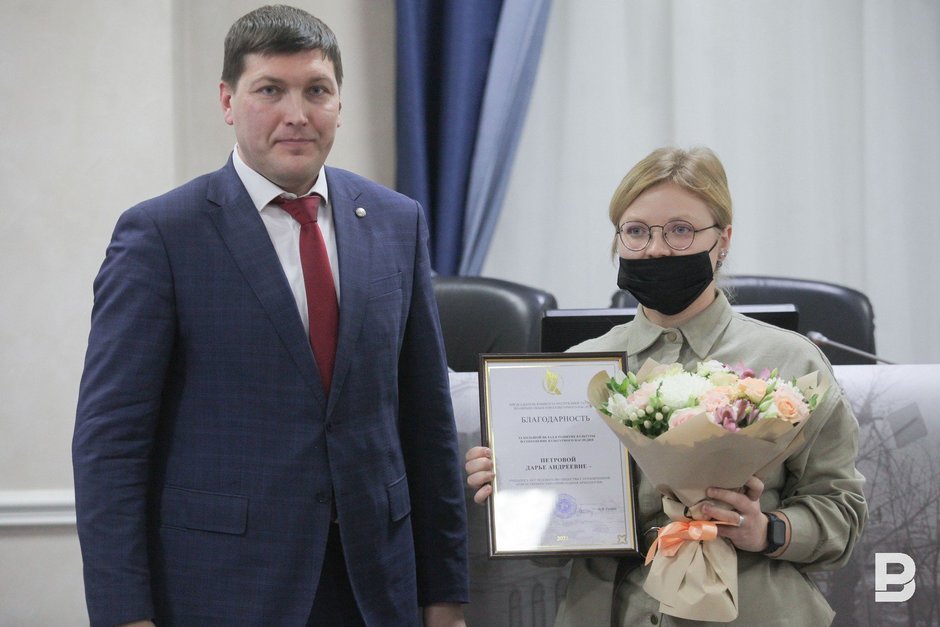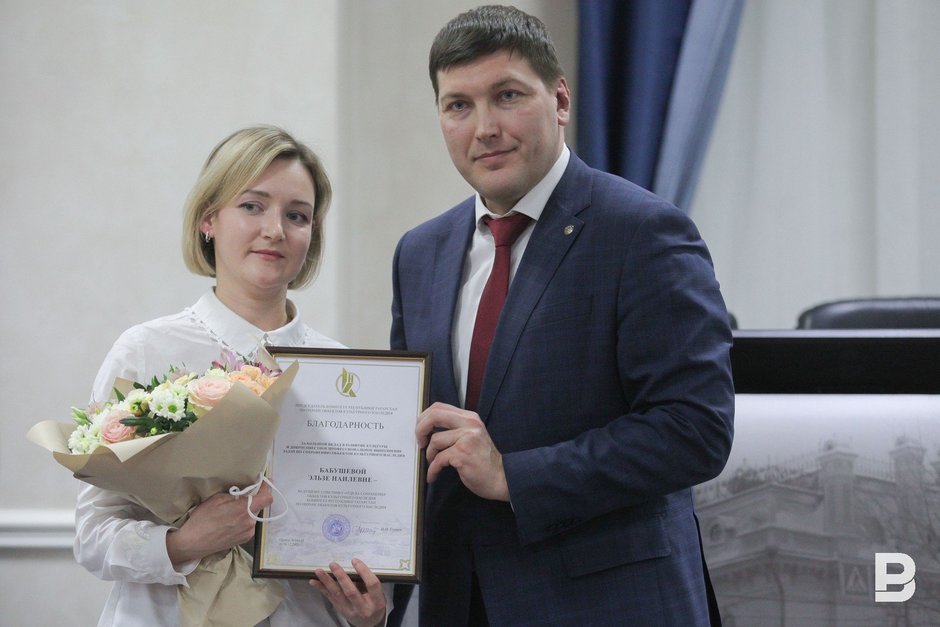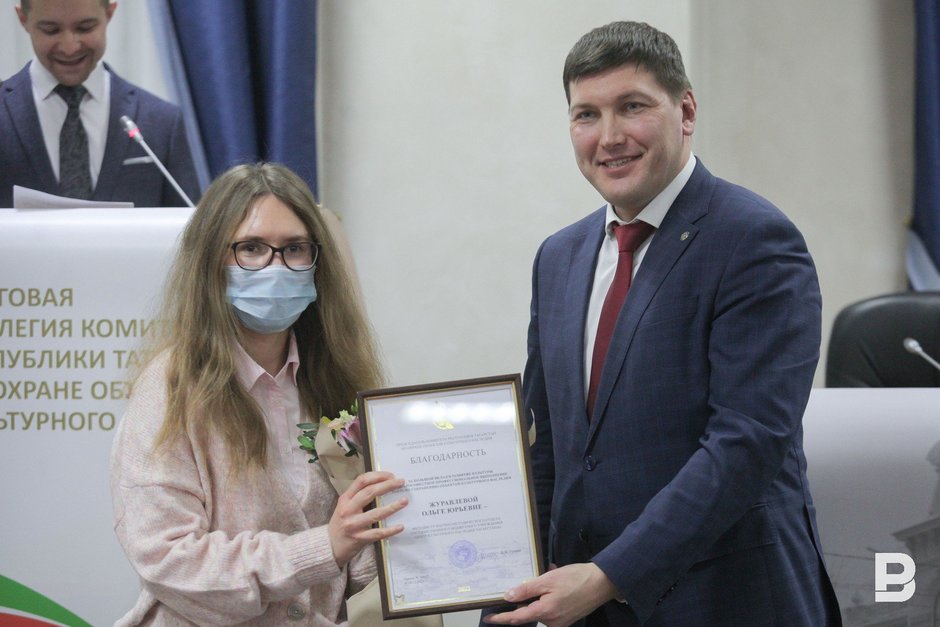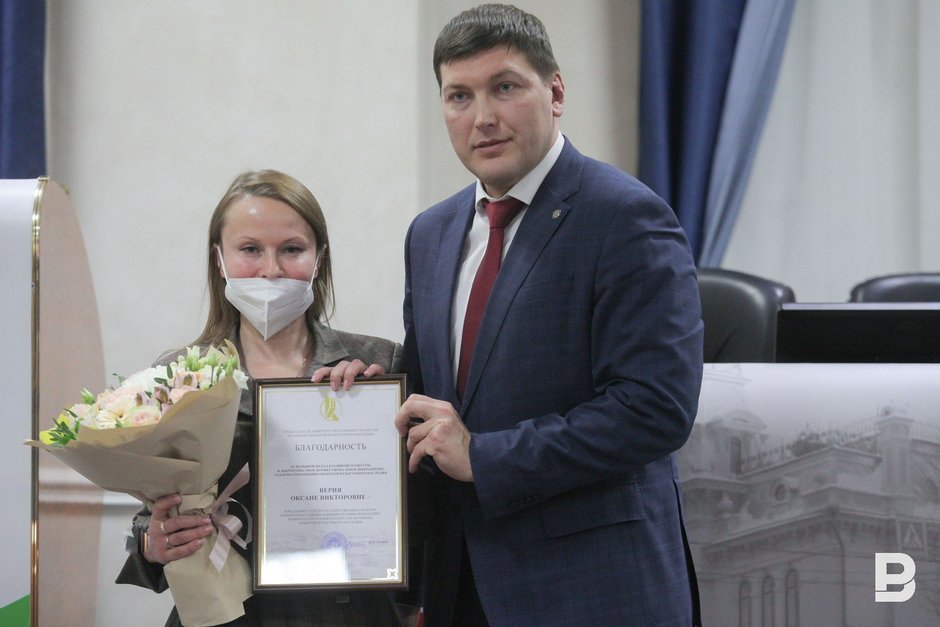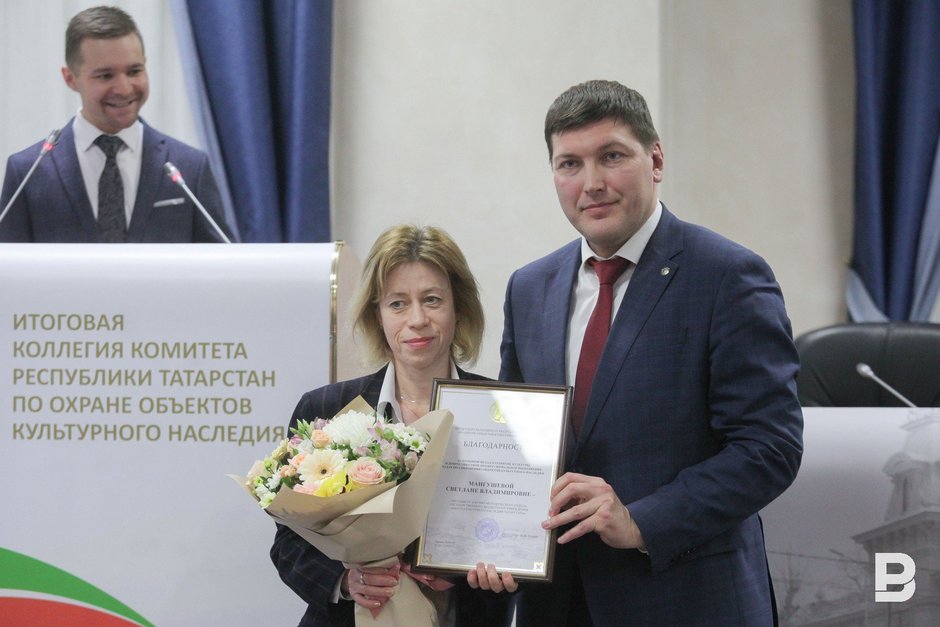Leyla Fazleyeva: ‘It is also a hundred per cent guarantee that this will cause negativity if we destroy the heritage’
The Tatarstan vice premier offered to immortalise the memory of Farida Zabirova and Lev Zharzhevsky
The Tatarstan Committee for the Protection of Cultural Heritage Sites is going to move into a new office — the restored Drotoevsky House, a 19th-century federal landmark, by the end of the year. Also, works will go on in such important facilities as the Marjania madrasah, the Piskunov House, the building of the former hotel of the Nobility Assembly and the Alexander Children’s Orphanage, the Sapogultsev Manor. At the panel session of the committee in Kazan it turned out that the committee sued Ravil Ziganshin’s daughter asking the court to revoke her ownership of the dilapidated building of a mansion on Podluzhnaya Street, while the Pashkovsky and Pisarev House whose was tried to remove it from the list of landmarks was upgraded, it became a detected cultural heritage site. Read more in Realnoe Vremya’s report.
Paulucci Park to become a landmark, while Drotoyevsky House will host the Committee
The registry of Tatarstan landmarks that are protected includes nearly 1,7 real estate facilities, said Chairman of the Tatarstan Committee for the Protection of Cultural Heritage Sites Ivan Gushchin said. The list is annually added more buildings that are found, while it is planned to increase the registry by no less than a hundred facilities a year, including archaeological sites. As an example, he named the famous park of the Naryshkins-Paulucci Estate in Klyuchishchi village, Verkhny Uslon District.
“After there was information that what is nipped in the bud, we immediately stopped all works. The century-old lime valley turned out to at risk of being cut down was provided public protection as a part art site. It won’t be possible to cut and build something on the border of a landmark. The story doesn’t end here. To make a decision to add the park to the United State Registry of Cultural Heritage Sites this year will be provided a historical and cultural examination. The budget of the republican can fund such examinations. A big organisational work is ahead in the next three years,” Gushchin said.
He noted that restoration ended last year in such important facilities as the Chekmaryov House in Kazan, Ivan Shishkin’s Museum House in Yelabuga, the building of the real college in Buinsk; merchant Mukhametzyan Akhmetzyanov’s manor in the village Izh-Bobya, Agryz District. The restoration of a wing on Bolshaya Krasnaya Street in Kazan is about to end, flats will be created there, restoration works in the house scientist and expert in Oriental studies Katanov lived in the early 21 century go on.
This year, restoration works will continue on tens of sites. It is the Marjania madrasah, the Piskunov House, the building of the former hotel of the Nobility Assembly and Alexandrovsky Children’s Orphanage, Sapogultsev’s Manor, Drotoyevsky House. By the way, the committee itself will move the latter, nowadays it shares a building with the Tatarstan Ministry of Culture at Svobody Square. Gushchin promised that the next meeting of the committee will be in that house, which is a 19th-century landmark. The building has been empty for many years and was in a sad state, accident prevention works began in the manor last year.
UNESCO protected sites to be updated by its session
Cult sites are also restored besides “civil” ones. Within the federal project Historical Memory, works in the Novaya Sloboda Mosque began last year. Large-scale restoration of the Saint Peter and Paul Cathedral goes on, the only survived pre-revolution wooden mosque Rajab is restored, repairs at the Burnayev Mosque in Kazan are at an active stage.
Accident prevention works are scheduled this year in one of the Brotherhood buildings of the Raifa Virgin Mary Monastery, the design of the Kazan Virgin Mary Church in Bolshoye Frolovo village, Buinsk District, will also start. It is a unique wooden facility.
In a couple of months, Kazan will host guests and attendees of the 45th session of the UNESCO World Heritage Committee. By this date, the sites protected by this world organisation will be updated, the monuments will be disinfected, flame retardant treatment will be done.
Gushchin reminded the audience that 18 cultural heritage sites will be restored in Chistopol within a federal project designed to restore Russian historic towns.
“Last year, we approved what was protected in all the buildings, architectural concepts were approved. Then the preparation of final design solutions, agreement and transition to the next stage will start, which is the restoration,” the chairman of the committee said.
Also, the borders of the Sightseeing Point the Historical Centre of Chistopol were determined. It includes parcels that weren’t considered earlier. Also, there were developed new requirements for urban engineering regulations, which is the division into 65 independent parcels. They contain detailed information about the possibilities of use and prohibition of construction, which will become a convenient guide for owners and investors.
Bronze Age treasure and historic log houses of Kazan settlement
Gushchin noted that 14 archaeological sites were discovered in 2021. For instance, a Bronze Age treasure dating back to the 19-18th century BC was found in Aznakay District during a design of oil facilities. A fragment of a gold-plated pendant became a unique founding. Some of the objects were exhibited before the meeting began.
“The artefacts that were found are a result of scrupulous scientific research of archaeologists and a consequence of the committee’s requirements for mandatory archaeological examinations and rescue operations,” stressed the head of the committee.
Wooden constructions of a Middle Age Kazan settlement — 17th-century three log houses with stairs and door frames were founded on a land parcel on Bolshaya Krasnaya Street, 6 metres deep. Also, there were found 15th-century Golden Horde and Russian Middle Age coins. By the way, the owner of the land decided the facilities would be used for exhibition.
Fine of 3,5 million rubles
Ivan Gushchin talked about the measures that are taken against those who don’t care about historical sites. Violators — 47 natural and legal persons — were held accountable, the total amount of fines that were imposed was almost 3,5 million rubles.
The most typical violations include some works done without permission and improper maintenance of facilities. Houses considered “historically valuable site” are especially vulnerable. For instance, the owner of the house on Mayakovsky Street started to dismantle it, which he was fined for. While the owner of the house of Pashkovsky and Pisarev tried to remove this from the related list through the court. After he didn’t manage to win the legal action, he started to illegally work on the site, which he was held accountable for. So the status of the building was upgraded — it was added to the list of newly found cultural heritage sites.
The court will also decide the fate of the manor on Podluzhnaya Street, which belongs to Director General of Kazan Production and Construction Association Ravil Ziganshin. The building urgently needs accident prevention works and restoration, but instead, the owner started to dismantle it. The public raised the alarm, the committee suspended the works, but one of the buildings was without a roof and is destroyed by rain and snow. Since the owner doesn’t react to the warnings, the committee turned to the Court of Arbitration demanding to take the site away.
If the court is on the committee’s side, the manor will get a new owner.
It is municipalities’ task to carry out the cadastre registration of an abandoned site
Heads of municipalities received a portion of remarks. The case is that last year Tatarstan became one of four pilot regions where an experiment on the creation of the Unified Information Resource of Land and Real Estate was done. Three districts of the republic participated in it — Atna, Pestrechi and Zelenodolsk. By the end of the year, information about borders of archaeological heritage sites and architectural monuments except for eight real estate sites in Zelenodolsk District. This happened because the buildings were abandoned, this is why they are impossible to identify.
“This is not only Zelenodolsk District’s problem. Almost every municipality has such sites. It is clear that the financing of cadastre works is tough. Nevertheless, the law reads the obligation of the cadastre registration of an abandoned site is up to the local self-government. This is the only authority that has the right to apply for the registration,” noted Gushchin adding that Rustam Minnikhanov gave them the task of spreading the pilot project to the republic.
Also, this year the committee has two promising tasks related to digitalisation. It is the digitalisation of state services. Five most popular services can already be received. The second area is the creation of digital certificates of real estate properties. Two sites — the Bakirovs Estate in Atna District and the Syuyumbike Tower — have been digitalised via laser scanning as an experiment.
It is important that the laser can not only measure the parameters of the building but also all architectural elements, which helps to restore lost fragments. Moreover, the margin of error is just 2 mm.
Attitude to sites is indicative of people’s mood
Summing up the committee’s work, Vice Premier Leyla Fazleyeva stressed that everything what happened to the historical heritage was immediately found response in the press and on social media. People react sharply to any unfairness, to the damage done to landmarks and on the contrary approve any news about the restoration of old buildings. She put an example of the restoration of the Drotoyevsky House, Obraztsov Manor, the opening of the old bridge in Chistopol, the renovation of the monument to Lenin at Svobody Square, all this was positively received by the people.
“Our job on the conservation of the cultural heritage will be accepted positively, this is a hundred per cent guarantee. It is also a hundred per cent guarantee that this will cause negativity if we destroy the heritage,” Fazleyeva stressed.
The vice premier supported Gushchin that regional leaders should care about the inventory of monuments and their cadastre registration even though the cost of examinations rose many times. Moreover, high-quality documents are needed.
The vice premier also noted the big role of scientific research in the restoration of historical sites, it is impossible to restore them even without it and modern technologies. In this respect, she welcomed the opening of Miras scientific and educational centre in February 2022. Rector of Kazan State Architecture and Engineering University Rashit Nizamov announced it at the meeting. She noted that such a venue would be important for the federal centre too because the digital format allows specialists from different regions of the country to share the latest practices. In her opinion, this can become a point of attraction of advanced ideas and technologies.
Fazleyeva also touched on the topic in Gushchin’s report, the deaths of people who made a huge contribution to the conservation of the cultural heritage. IT is ex-Chairwoman of the Tatarstan office of the Russian Society of Historical and Cultural Sites Farida Zabirova and ethnographer Lev Zharzhevsky. She offered to immortalise their memory, but not by naming a street or avenue after them.
“I mean the conservation of a digital version of these people’s stories. It is biographies, familiarisation with their area of activity, those sites they conserved, those technologies they offered. Perhaps, their notes, comments these people’s relatives are ready today to immortalise so that we will have this format. It is a tough job I think the committee together with its colleagues from the State Council, the Commission on immortalisation of the memory and contribution of people who had a serious influence on the development of the Republic of Tatarstan, will keep an eye on it.”
